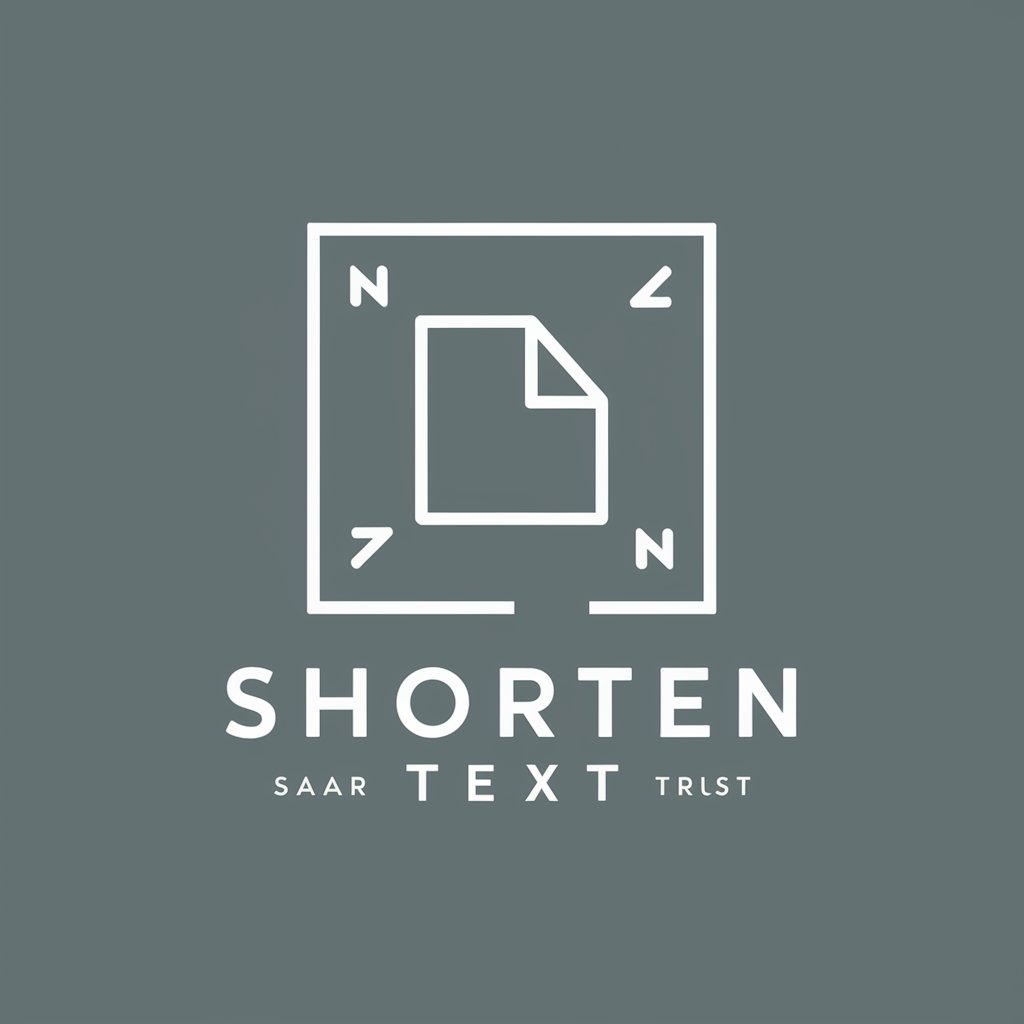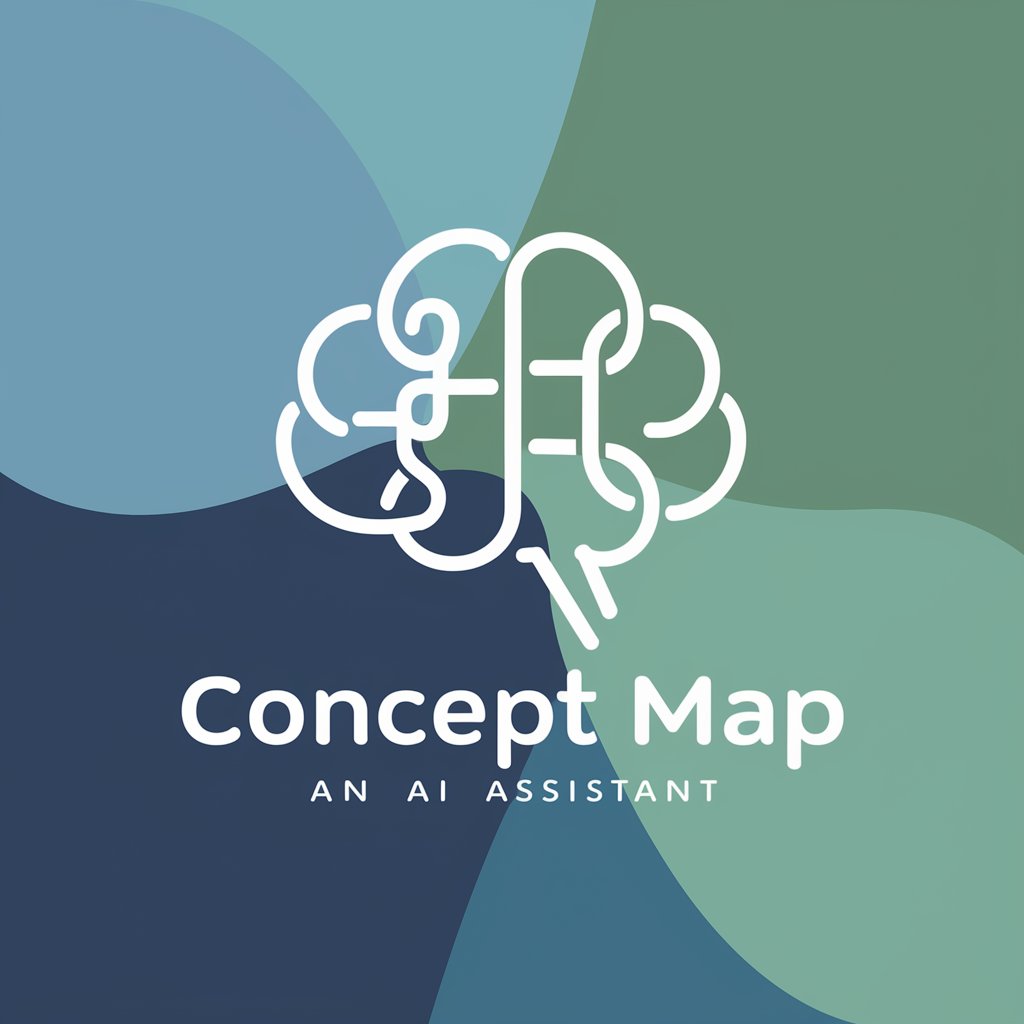Software System Architecture - Architectural Design Assistant

Hello! Ready to dive into software architecture?
Crafting Software Architectures with AI
Explain the difference between monolithic and microservices architectures...
What are the key principles of designing a scalable system...
How can architectural patterns improve software maintainability...
Describe the role of middleware in a distributed system...
Get Embed Code
Introduction to Software System Architecture
Software System Architecture refers to the high-level structure of a software system, encompassing the arrangement of components, modules, and their interactions. It serves as a blueprint for designing, building, and maintaining complex software applications. The primary goal of software architecture is to ensure that a system meets its functional and non-functional requirements while also being scalable, maintainable, and extensible. One fundamental aspect of software architecture is abstraction, which allows architects to focus on essential system elements while hiding unnecessary details. For example, in a web application, the architecture may include components such as presentation layer, business logic layer, and data access layer, each responsible for specific functionalities. These components interact through well-defined interfaces, enabling modularity, reusability, and flexibility in development. Powered by ChatGPT-4o。

Main Functions of Software System Architecture
1. Decomposition
Example
Breaking down a system into smaller, manageable components or modules.
Scenario
In a large e-commerce platform, decomposition involves dividing the system into subsystems such as user management, product catalog, shopping cart, payment processing, and order fulfillment.
2. Abstraction
Example
Hiding complex implementation details behind simplified interfaces.
Scenario
An operating system abstracts hardware complexities, providing programmers with a uniform interface for interacting with devices like printers or storage devices.
3. Modularity
Example
Organizing system components into self-contained units with well-defined interfaces.
Scenario
In a content management system, modularity allows developers to create reusable modules for features like user authentication, content editing, and publishing.
4. Flexibility
Example
Designing systems that can adapt to changing requirements or environments.
Scenario
A cloud-based application architecture enables scalability and elasticity, allowing it to handle varying workloads and resource demands.
5. Scalability
Example
Ensuring that a system can handle increased load or data volume without significant performance degradation.
Scenario
A social media platform must be scalable to accommodate a growing user base and increasing content uploads without sacrificing responsiveness.
Ideal Users of Software System Architecture
1. Software Architects
Software architects, including solution architects, enterprise architects, and technical architects, are the primary users of software system architecture services. They are responsible for designing the overall structure and behavior of software systems, ensuring alignment with business goals, industry best practices, and architectural principles. Architects benefit from architecture frameworks, modeling tools, and design patterns to create robust, scalable, and maintainable solutions.
2. Development Teams
Development teams, including software engineers, developers, and testers, rely on software system architecture to guide the implementation, integration, and testing of system components. Clear architectural guidelines and documentation help teams understand system dependencies, interactions, and constraints, leading to more efficient development processes and reduced risk of errors or inconsistencies.
3. Project Stakeholders
Project stakeholders, such as business executives, project managers, and end-users, benefit from software system architecture by gaining insight into system design decisions, trade-offs, and implications on project timelines, budgets, and outcomes. Architecture documentation facilitates communication and collaboration among stakeholders, ensuring alignment of technical solutions with business objectives and user needs.

How to Use Software System Architecture
Start a Free Trial
Access a free trial at yeschat.ai, enabling you to explore its features without needing to log in or subscribe to ChatGPT Plus.
Define Objectives
Clearly define your specific architectural needs or learning goals to effectively leverage the tool's capabilities.
Explore Features
Familiarize yourself with the various features and functionalities of the system, such as architecture modeling, design pattern suggestions, and interactive learning modules.
Apply Learning
Apply insights gained from the tool directly to your projects or studies, using it to design, critique, and refine architectural solutions.
Seek Support
Utilize the support and community forums available on the website to ask questions, share experiences, and gain further insights from other users.
Try other advanced and practical GPTs
Consistent Children's Book Illustrations
Illustrate your stories with AI-powered precision.

Human Resources expert
Revolutionizing HR with AI

Question Generator and Answerer
Unleash AI-powered knowledge retrieval.

Shorten Text
Automatically shorten texts with AI precision.

APA references
Streamline Your Citations with AI

Concept map
Empower your ideas with AI-driven concept mapping.

Write A Book - One Click
Empowering Authors with AI

Precise
Unlock knowledge with AI precision.

All Tools
Explore, Code, Create with AI.

Preliminary Recipe Generator
Unlock culinary creativity with AI.

Humanize AI Text
Transform text with AI-powered humanization.

Writing GPT
Empower Your Writing with AI

Frequently Asked Questions About Software System Architecture
What is Software System Architecture?
Software System Architecture is a specialized tool designed to assist in understanding and designing software architectures. It offers guidance, design pattern recommendations, and interactive learning modules tailored to users' architectural needs.
How can this tool help beginners in software architecture?
For beginners, it provides foundational lessons on software architecture principles, real-world case studies, and simple interactive exercises to gradually build their understanding and skills.
What features does the tool offer for advanced users?
Advanced users benefit from in-depth analysis tools, complex system modeling capabilities, and features that allow them to simulate and test architectural decisions in virtual environments.
Can Software System Architecture assist in academic research?
Yes, it is an invaluable resource for academic research, offering access to a wide range of case studies, scholarly articles, and tools for creating and evaluating innovative architectural designs.
Is there a community or support system for users of this tool?
The tool includes access to a user community and expert forums where users can discuss architectural challenges, share insights, and seek advice from experienced professionals in the field.
